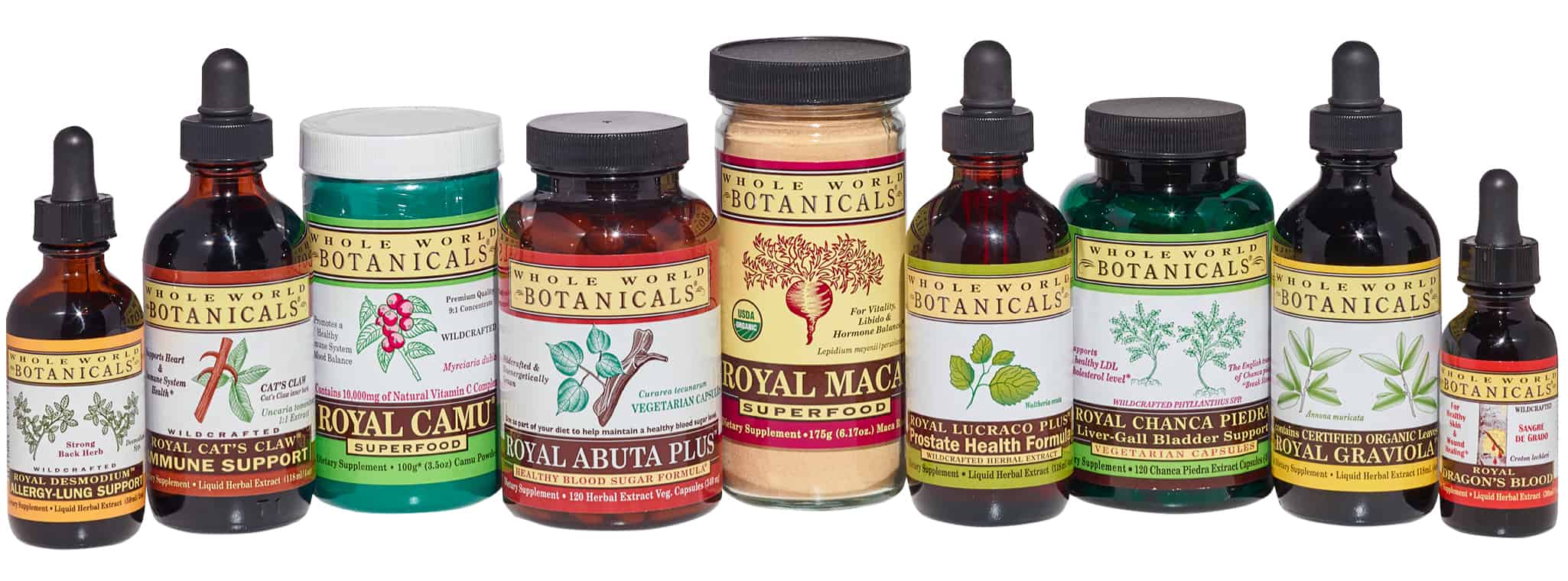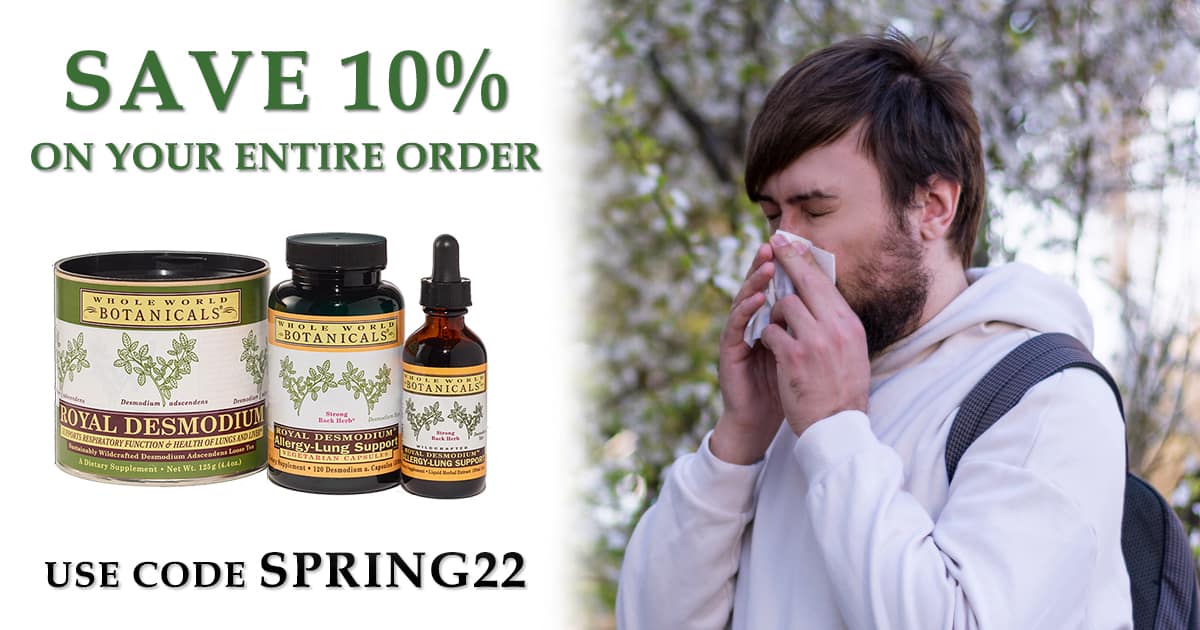Facts About DIM and Women’s Health
What is DIM?
Diindolylmethane (DIM, in short) is the principal breakdown product of indole 3-carbinol (I3C), the phytochemical found in cruciferous vegetables like cabbage, cauliflower, broccoli, brussel sprouts, kale, collards, mustard greens, radishes, watercress, and turnips. DIM, has been shown in scientific studies to reduce the risk of breast, cervical and other estrogen-driven cancers cancer by helping the body to make a better balance of the “good estrogen” (2-hydroxy-estrone) compared to the “bad estrogen” (16-alpha-hydroxy-estrone).*
Royal Maca Plus for Women™ with DIM is an ideal product combining the hormone-regulating effects of maca with the estrogen metabolite regulating effect of DIM. It relieves PMS and painful periods and alleviates peri-menopausal, menopausal and postmenopausal symptoms. Maca & DIM together help your body make healthy estrogen metabolites and a healthy progesterone level. Progesterone is important for healthy hormonal function and helps provide protection against cell proliferation in estrogen-sensitive tissue. There are many scientific studies which show that indole 3-carbinol and DIM can improve the ratio of healthy estrogen metabolites produced in 87% of women.
Who can benefit from taking Royal Maca Plus with DIM for Women?
Most women experiencing hormonal imbalances associated with menstruation, PMS, peri-menopause, menopause or post-menopause may benefit from Royal Maca Plus for Women with a family history of breast cancer or other estrogen-dependent cancers and women who have been tested and have learned that they have an unhealthy ratio of “good estrogen” to “bad estrogen” will be especially interested.
The following quotations have been taken from All About DIM by Michael A. Zeligs, MD & A. Scott Connelly, MD
Can DIM be a substitute for hormone replacement therapy (HRT)?
DIM has no estrogenic activity in itself. Although it helps to convert estrogen to useful metabolites, it does not directly mimic or replace estrogen. Using DIM will promote a more desirable estrogen metabolism, but it will not make up for estrogen deficiency. However, combining organic maca root with DIM will produce a better metabolism and better utilization of a woman’s estrogen.
Maca alone, however, can be successfully used as a hormone balancer, reducing or eliminating hot flashes, vaginal dryness, depression due to low estrogen, supporting a healthy libido, without any of the dangerous side effects of estrogen supplementation (HRT). The Maca-DIM combination is particularly helpful for both reducing the risk of developing estrogen-dependent cancer as well as relieving hot flashes and other menopausal symptoms. Furthermore, this combination supports the health of the adrenal glands, thyroid, pancreas and neurotransmitter hormone production, including melatonin.
DIM helps women optimize their estrogen metabolism.
What makes optimal estrogen metabolism so important for women?
Optimal estrogen metabolism in women is defined by the ample production of “good” estrogen metabolites. These metabolites help lower the risk of cancer and decrease the symptoms of estrogen over-stimulation, or dominance-symptoms of which include breast tenderness, rapidly growing uterine fibroid tumors, uterine cervix problems (as seen with abnormal PAP smears) and endometriosis, a painful condition caused by persistent uterine tissue growing in abnormal locations within the abdomen.
Anti-oxidant properties of “good estrogen” metabolites.
Finally, the “good” estrogen metabolites have important antioxidant activity exceeding the potency of Vitamin E. The antioxidant activity of the “good” estrogen metabolites may explain why estrogen in women can slow the course of some age-related diseases. These include heart disease, arthritis, and cancer.
“Good estrogen” metabolites affect just metabolism and libido.
Having higher levels of the “good” estrogen metabolites is also important for sustaining an active fat-burning metabolism. “Good” metabolites help fat cells release stored fat. They are important in preserving the activity of the small amount of testosterone present in all women. This provides additional support for fat utilization, as well as support for mood and libido. Healthy levels of testosterone in women may also help to reduce the symptoms of premenstrual syndrome.
How does proper hormonal balance help with weight loss?
The “good” estrogen metabolites along with increased free testosterone promoted by DIM increased fat mobilization and a fat-burning metabolism. The effects of free testosterone in women and men are similar. In each case, testosterone promotes the building of new protein. When hormonal balance shifts to favor building new proteins, metabolite rate is increased and fat metabolism is promoted. Part of the protein-building effect of testosterone is to gear up the cellular enzymes needed to burn fat. Fat contains the stored energy needed to support the formation of new proteins as well as the fuel for sustained aerobic exercise. Together with exercise, DIM provides the best hormonal balance to create the protein machinery for active fat utilization.
The good estrogen metabolites also directly facilitate the release of stored fat in a number of ways. First, these metabolites assist the specific fat-burning hormones called catecholamines that are produced during exercise to release stored fat. These released fatty acids circulate in the bloodstream as a primary energy source. Second, the “good” estrogen metabolites actually can increase the number of protein receptors for the catecholamines that appear on the surface of fat cells. As circulating catecholamines released during exercise occupy these receptors, stored fat is more actively released from fat cells. DIM and a hormonal balance favoring the “good” estrogen metabolites assist catecholamines in supporting a more active fat-burning metabolism.
The following abstracts of published scientific studies involve the consumption by human beings and animals of indole-3-carbinol. The conversion to DIM occurs in the stomach of living beings in the presence of sufficient stomach acid.
Michnovicz, Jon, J., Bradlow, H. Leon, “Induction of estrodial metabolism by dietary indole-3-carbinol in humans” Journal of the National Cancer Institute, Vol. 82, No. 11, (June 6, 1990): 947-949 Study of the effect of indole-3-carbinol on estrodial metabolism
Abstract
Dietary indoles in cruciferous vegetables induce cytochrome P450 enzymes and have prevented tumors in various animal models. Because estrodial metabolism is also cytochrome P450 mediated and linked to breast cancer risk, indoles may similarly reduce estrogen-responsive tumors in humans. We examined several indoles in female SPRAGUE-DAWLEY in hepatic estrodial 2-hydroxylation. The most potent inducer common Indole -3- carbinol, was administered to humans (500mg daily for 1 wk). it significantly increased the extent (mean +- SEM) of estrodial 2- hydroxylation from 29.3% +- 2.1% to 45.6% +-2.1% (P < .001). these results indicate that indole-3-carbinol strongly influences estrodial metabolism in humans and may provide a new chemopreventive approach to estrogen- hyphen dependent diseases.
Bell, Maria C. et. al., “Effect of indole-3- carbinol on the treatment of precancerous lesions of the cervix” Gynecologic Oncology Vol. 78, (2000): 123-129Placebo-controlled trial of indole-3-carbinol in the treatment of CIN (pre-cancerous cervical
Abstract
Objective. Most precancerous lesions of the cervix are treated with surgery or ablative therapy. Chemoprevention, using natural and synthetic compounds, may intervene in the early stages of carcinogenesis and prevent the development of invasive disease. Our trial used indole-3- carbinol (I-3-C) administered orally to treat women with CIN as a therapeutic for cervical CIN.
Methods. Thirty patients with biopsy proven CIN II-III were randomized to receive placebo or 200, or 400 mg/day I-3-C administered orally for 12 weeks. if persistent CIN was diagnosed by biopsy at the end of the trial loop electrocautery exclXXion procedure of the transformation zone was performed. HPV status was assessed in all patients.
Results. None (0 of 10) of the patients had complete regression of CIN. In contrast 4 of 8 patients of 200 mg/day arm and 4 of 9 patients in the 400 mg/day arm had complete regression based on their 12-week biopsy. This protective effect of I-3-C is shown by a relative risk (RR) of 0.50 ((95% CI, 0.25 to 0.99) P=0.023) for the 200 mg/day group and an RR of 0.55 ((95% (I,0.31 to 0.99) P=0.032) for the 400mg/day group. HPV was detected in 7 of 10 patients, in 7 of 8 of 200 mg/day group and 8 of 9 in the 400 mg/day group.
Conclusion. There was a statistically significant regression of CIN in patients treated with I-3-C compared with placebo. The 2/16 alpha- hydroxyestrone ratio changed in a dose dependent fashion.
Bradlow, H. Leon, et.al., “Effects of dietary indole-3-carbinol on estrodial metabolism and spontaneous memory tumors in mice.” Carcinogenesis Vol. 12 No. 9 (1991): 1571-1574Effects of dietary indole-3-carbinol on development of breast tumors in mice
Abstract
Indole 3 Carbinol (I3C) is a potent inducer of cytochrome P450 enzymes in many species, including humans. We, therefore, studied alterations in the cytochrome P450-dependent metabolism of estrodial in different strains of mice consuming I3C in semisynthetic powdered diets at doses ranging from 250-5000 ppm (34-700mg/kg/day) for different periods of time. In short- term metabolic studies (3 weeks), wet liver weight increased in SW and C3H/OuJ mice in a dose responsive manner.
Dietary I3C increased the cytochrome P450 content measured in hepatic microsomes, as well as the extent of estrodial 2-hydroxylation up to 5-fold. In a long-term feeding experiment (8 months), female C3H/OuJ mice consumed synthetic diets containing I3C at 0, 500 or 2000 ppm. Mammary tumor incidents and multiplicity were significantly lower at both doses of I3C and tumor latency was prolonged in the high dose group. We conclude that I3C is an inducer of hepatic P450-dependent estrogen metabolism in mice, and that it is chemopreventive in the C3H/OuJ mouse mammary tumor model. This protective effect may be mediated in part by the increase in part 2- hydroxylation and consequent in activation of endogenous estrogens.






























